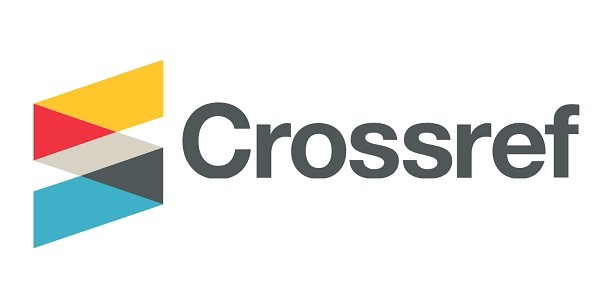Comparison of response of F4 and F3 generations of tomato from year to year selection
DOI:
https://doi.org/10.35495/Keywords:
Tomato Lines, Performance, Quantitative Traits, Heritability, Genetic AdvanceAbstract
Segregating breeding generations may fluctuate in performance from year to year. The purpose of our study was to evaluate the performance of these generations in each year and to make selection according to the existing environmental conditions. The research was conducted in two consecutive years (2016 and 2017) and the performance of F3 and F4 generations was analyzed. It was found that mean values of all the studied parameters in F4 population, in this study, were lower than the mean values of F3 generation, however maximum range in F4 exceeded F3 for some parameters. The selection differential values were also found as negative. Va(Additive variance) values for all the parameters in F3 and F4 generations were found to be almost same PCV(Phenotypic coefficient of variation) for most of the parameters in F4, like yield/plant, fruits/plant, fruit/cluster and fruit length exceeded the PCV values in F3.Highest value of heritability was noted for yield/plant in F4 while in F3 highest value was observed for fruit weight. Heritability percentage and genetic advance for all the parameters in F3 was higher than F4.Mean difference values indicated that some of the F4 lines were higher than the grand mean of F4 population (in all the studied parameters). Additionally, means of few F4 lines were also found to be greater than the means of F3 population for most of the parameters. These results may indicate that these lines could be selected for better performance if advanced to next generation.












